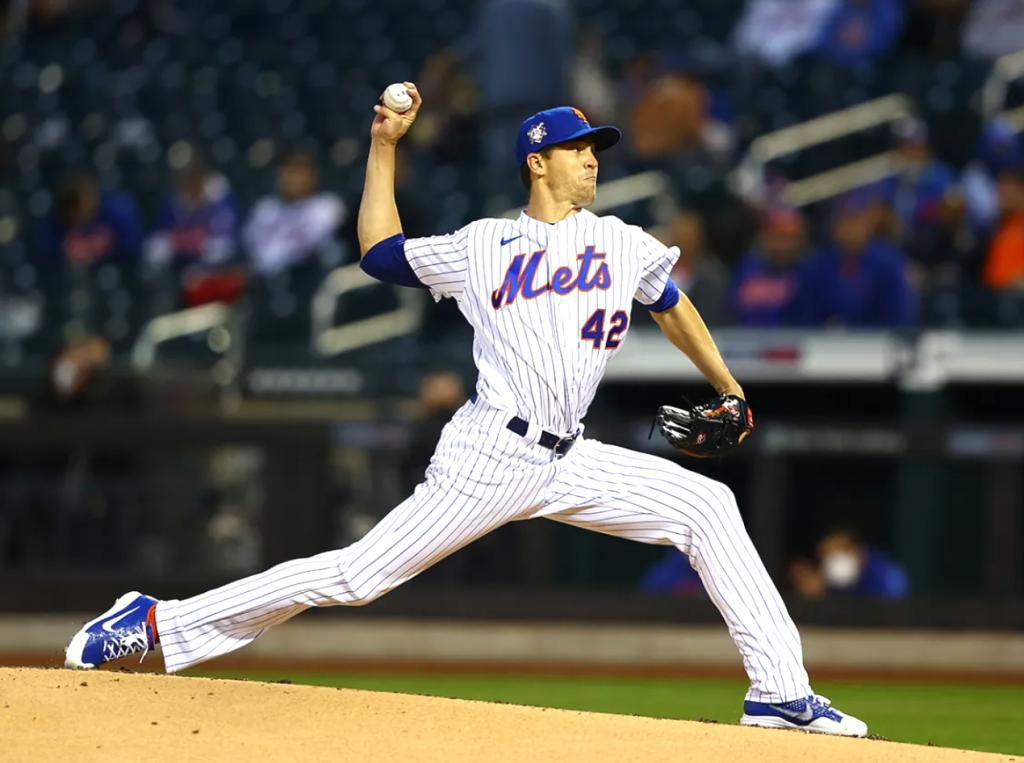
Welcome to Part 2 of “Training Better Force Production”.
While we are building the “capacity” to produce more force through overcoming isometrics and deceleration (click here for Part 1), we can also start training the second half of the force equation, which is elasticity and acceleration. This involves training the body’s ability to quickly relax and then re-activate muscles in order to allow the connective tissue to take on a larger portion of the “faster” work.
It’s all about improving elasticity and acceleration, so let’s get into it…
-
- Building Elasticity
- Building Acceleration
1. Building Elasticity
Elasticity is the body’s ability to store and release elastic energy from connective tissues, namely the tendons. Building more elastic / spring-ier athletes begins to transition the reliance away from muscular-driven movement and more towards a reliance on the power of connective tissue. The relaxation of the antagonistic muscles forces the connective tissue to produce a larger percentage of the movement. In other words, more force / power with less effort.
This involves primarily getting our athletes to better use their stretch-shortening cycle, in turn increasing what we call their “elastic” properties. Developing these qualities involves training with Extensive Plyometrics.
When testing baseline elasticity in our assessment, we use a CMJ and a Squat Jump off of either force plates or a jump mat. We look at 3 major data points:
-
- Time to takeoff
- Peak power output
- Difference in power %-wise between the CMJ and the Squat Jump
With these tests we get a better idea of the athlete and how much elasticity he needs compared to strength in his program.
Using Extensive Plyometrics – Why?
Extensive plyometrics are a type of plyometric exercise that are usually performed at lower intensity for longer durations. They produce low force output using low jump heights. They are also more representative of reactive strength qualities.
Reactive strength qualities improve the application of applying more force in a shorter period of time and is pure gold in terms of power especially in such an explosive sport as baseball.
The beauty and importance of exposing the body to high volumes of these extensive plyometrics is that it also begins to transition it away from muscular-driven movement and more towards a reliance on the power of the connective tissue specifically.
Exercises
While most low impact plyometric exercises will work, for baseball players we have focused more on unilateral and rotational variants. Here are a few:
Lateral Hurdle Hops – Helps improve balance, agility, and coordination as well as elasticity and stiffness in the Achilles tendon. Also progresses force overload and impact capacity to the ankle, knee, and hip.
E
Lateral Hurdle Hop to Heiden
Med Ball Rapid Chest Pass – Light, rapid medicine ball work is almost purely concentric in nature. Other than a rapid preload, there isn’t much deceleration involved or soreness. This makes it a “go to” in training rotational power frequently throughout the year and athletes won’t feel banged up.
I
Med Ball Rapid Chest Pass
2. Building Acceleration
Force = Mass x Acceleration
I have written many articles on the importance of increasing the “Mass” piece of the Force equation (click here) in order to safely increase throwing velocity and exit velo. But getting so fixated on lean muscle mass can work in the reverse if we don’t also train the “acceleration” part of the equation. The acceleration piece can be manipulated by applying lighter loads at faster rates. It’s all about finding the right balance between the two (mass and acceleration) that creates the magic.
Using Oscillatory Exercises – Why?
Oscillatory exercises, also known as oscillation training (OSCT), are a type of strength and conditioning training that involves moving rapidly through a small range of motion, causing muscles to contract and relax quickly. Their main focus is to develop both important aspects of not just acceleration but elasticity as well through the relaxation of antagonistic muscles while forcing the connective tissue to produce a larger percentage of the movement.
Each set is done in 3 parts:
-
-
- Full-slow reps (2-0-0 tempo)
- Fast reps through a small ROM
- Drop catches (to help stimulate muscle relaxation/activation)
-
Exercises
Split Squat Oscillations
Cross Cable Row Oscillations
I
Push-up Oscillations
Stay tuned for the Part 3 of this 3-part series on training force when we’ll be taking a look at tissue prep and recovery and utilizing sports-specific global movement patterns.
See ya’ in the gym…
By Nunzio Signore
References:
-
- Dan Cleather. “Force: “ The Biomechanics of Training”
- James G. Hay. “Citius, altius, longius (faster, higher, longer): The biomechanics of jumping for distance.” Journal of Biomechanics. 1993;26(1):7–21, ISSN 0021-9290, https://doi.org/10.1016/0021-9290(93)90076-Q.
- Hunter Eisenhour. “Redefining Strength: High Force Does Not Equal High Load” Simplifaster.
You live too far to train with us in-house at RPP? You can now train with us on a REMOTE basis.


